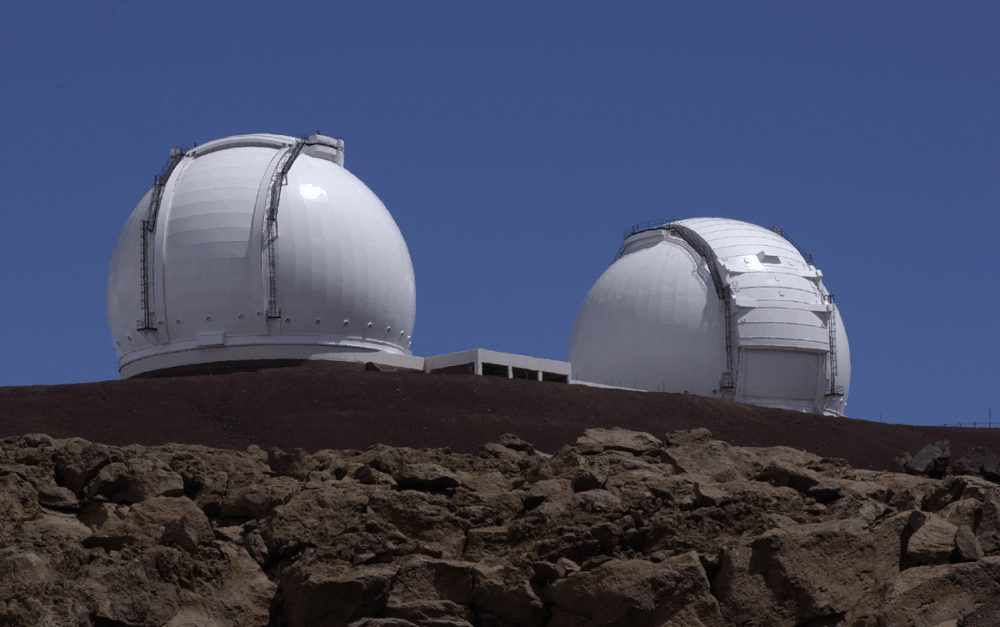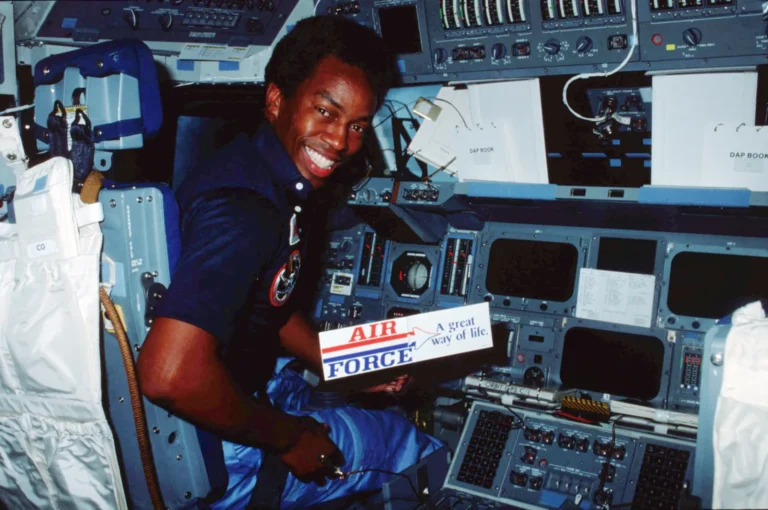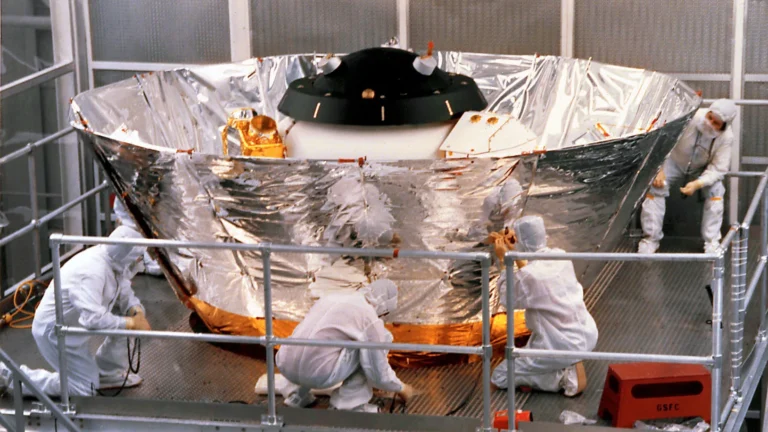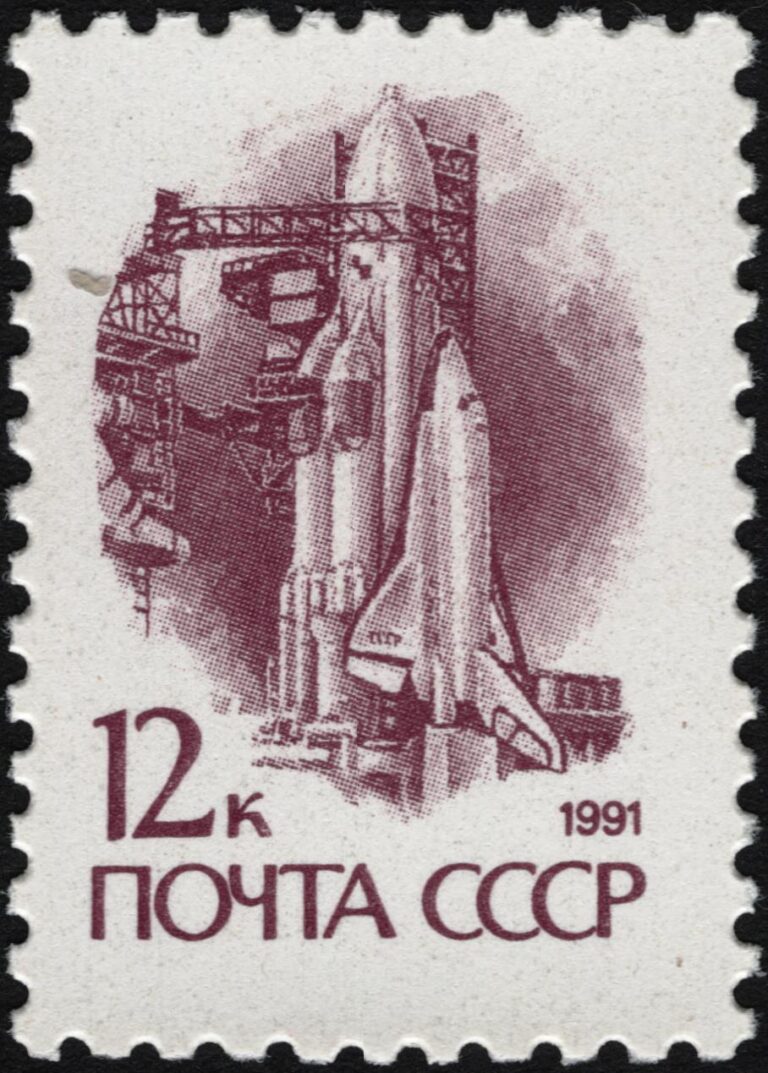
Key Takeaways:
- Established in 1985 via a $70 million W.M. Keck Foundation donation to the University of California and Caltech, the Keck Observatory on Maunakea, Hawaii, introduced a pioneering segmented-mirror design for its twin telescopes.
- The facility was conceived to achieve greater observational range and detail, enabling advanced studies of exoplanets, black holes, and stellar and planetary formation.
- Keck I attained "first light" on November 24, 1990, with a partially assembled mirror, and was fully completed in 1992; Keck II subsequently achieved "first light" in October 1996.
- Upon their completion, the twin Keck telescopes became recognized as the most scientifically productive optical and infrared telescopes globally.
In 1985, the W.M. Keck Foundation donated $70 million for the University of California and Caltech to construct a new observatory on Maunakea in Hawaii. The twin telescopes of the Keck Observatory would be larger than any previous telescope, and the first to use a segmented-mirror design. The goal was a facility that could see father out into the universe, and with more detail, to study exoplanets, black holes, star and planet formation, and more.
On Nov. 24, 1990, with only nine of the 36 segments of its mirror in place, Keck I turned skyward and achieved first light. The telescope’s image of NGC 1232 was an auspicious beginning of a long career for the Keck Observatory, furthered when Keck I was completed in 1992, and when Keck II was constructed and saw first light in October 1996. The twin telescopes would become the most scientifically productive optical and infrared telescopes in the world.









